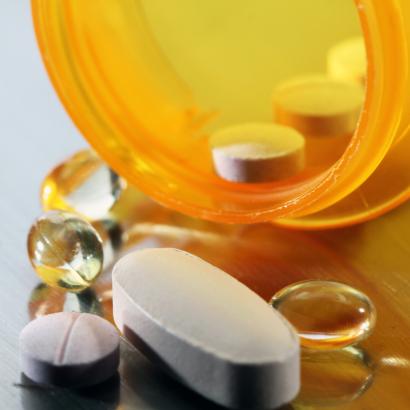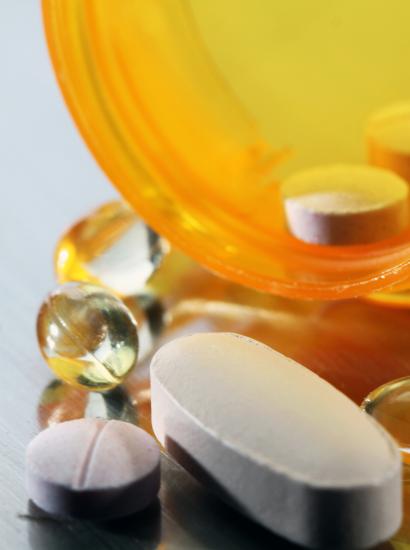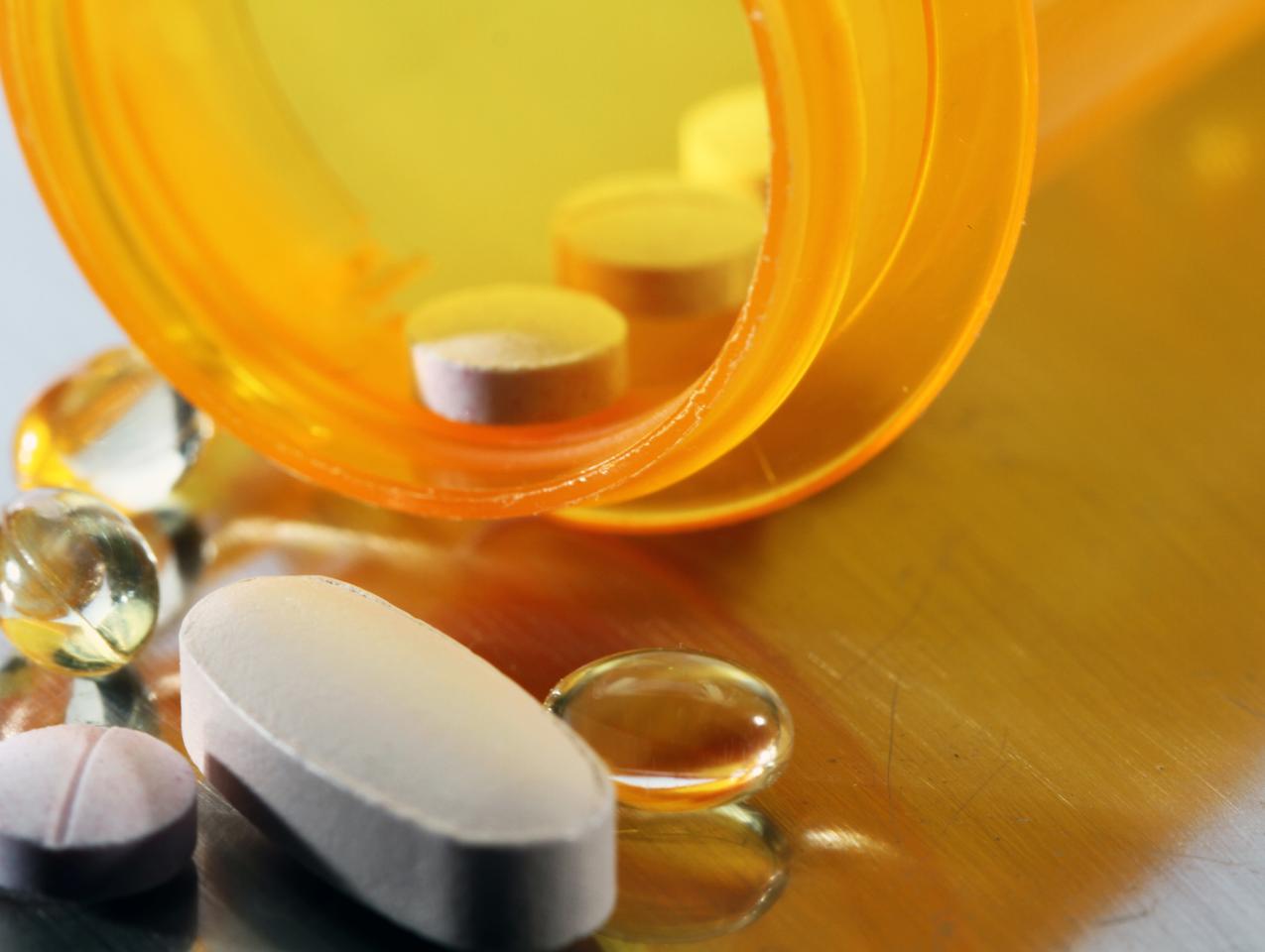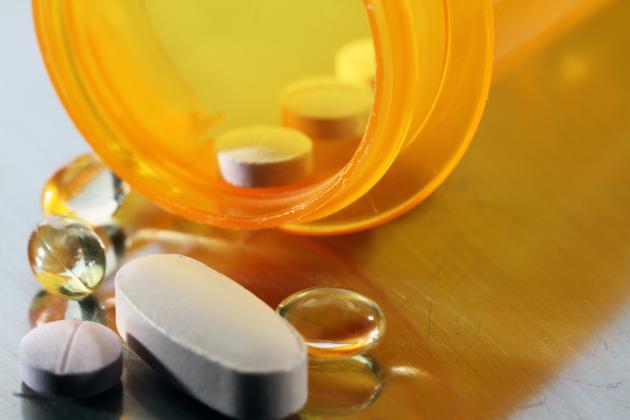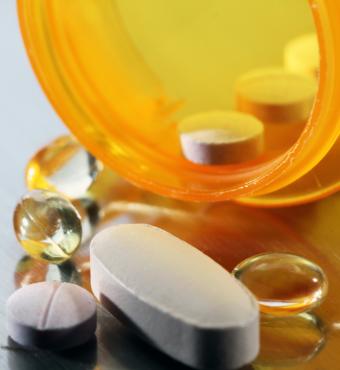After the Inflation Reduction Act passed last summer, even many of its supporters quickly stopped calling it that, admitting implicitly that the law had little or nothing to do with inflation. The naming of the bill seems to have been mainly a way of getting Joe Manchin, a Democratic senator from West Virginia, to give the bill its crucial fiftieth vote (with a tie that was broken by Vice President Kamala Harris). After the bill was signed, proponents typically referred to its provisions aimed at reducing the warming of the Earth. Why both that part of it, and the alleged reduction of inflation, were trivial is a story that I’ve already told.
Instead, I want to focus on the provisions about drug prices. Those provisions were strong and will have a large negative effect on drug discovery. For that reason, the law could more appropriately be called “The Drug Reduction Act.” The main people who will be hurt by this law are those who use drugs the most, the elderly, of whom I count myself a member.
To understand why, we must first understand the economics of drug discovery and production and the global economics of drug pricing.
How New Drugs Are Born
For many products, the research and development costs are fairly low and the actual costs of production, once the product is developed, are substantial. That’s not the case with pharmaceuticals.
Pharmaceutical drugs are developed and tested over years and the costs of developing and testing are substantial. One main reason is that the Food and Drug Administration, the federal entity that regulates pharmaceuticals, insists that before a pharmaceutical company is allowed to sell a new drug, the company must establish, to the FDA’s satisfaction, that the drug is both safe and effective. The safety standard was introduced in 1938. The Kefauver-Harris Amendments of 1962 introduced the requirement for showing of efficacy. The latter requirement has added years of testing to the drug approval process, as former University of Chicago economist Sam Peltzman found in a 1974 study that was based on his path-breaking research published in the September/October 1973 issue of the Journal of Political Economy.
Why was the efficacy requirement introduced? You might think it was because many drugs that the FDA had approved had been shown not to be effective. But that was not the driving force. Rather, Estes Kefauver, a Democratic senator from Tennessee and the lead sponsor of the 1962 law, used the thalidomide tragedy to push for more stringent regulation of new drugs. Thalidomide had not yet been approved for use in the United States, but it was introduced in West Germany in 1957. Many German women took it for morning sickness during pregnancy. Tragically, the drug led to many babies being born without limbs. Notice the irony. Thalidomide was never shown to be ineffective. Indeed, it was quite effective at relieving morning sickness. Yet the thalidomide tragedy was used to justify the requirement of proof of efficacy.
To get a drug approved, a company must go through various phases of the approval process and some of the phases involve testing the drug on thousands of people over a few years. This adds substantially to the development cost. Moreover, most of the drugs that pharmaceutical companies come up with don’t make it to final approval. In his book Should the FDA Reject Itself?, pharmaceutical consultant Charles L. Hooper (and my frequent coauthor) estimates that 95 percent fail to make it to market—in many cases because anticipated sales are too low to overcome the cost of satisfying the FDA. So the cost of a successful new drug is only a small part of a drug company’s R&D cost. That means that a company that undertakes a new drug must plan on earning enough on the drugs that are approved to cover the R&D cost of those drugs plus the cost of the many drugs that don’t make it to market. That necessarily means that the drug company must plan on pricing its successful drugs well above the costs of producing them.
We don’t need to speculate on what the R&D cost for a new drug is. In a 2016 article in the Journal of Health Economics, Joseph A. DiMasi of the Tufts Center for the Study of Drug Development at Tufts University, Henry G. Grabowski of the Duke University Department of Economics, and Ronald W. Hansen of the University of Rochester’s Simon Business School estimated the cost of a successful new drug at $2.87 billion in 2013 dollars. Adjusting that number for inflation would yield an estimate of $3.71 billion in today’s dollars. But that’s optimistic. In that same article, the authors compared their finding with one of their estimates from years earlier and found that the real cost increased at an annual rate of 8.5 percent. This is in addition to inflation. So if that rate of increase has held up since 2013, the cost of a successful new drug today is a whopping $7.73 billion.
For the typical drug, the production cost per unit pales in comparison with the cost of R&D averaged over all the units.
The Global Economics of Drug Pricing
Unfortunately, governments around the world insert themselves between their citizens and the pharmaceutical companies to drive hard bargains on drug prices. Canada’s government, for example, proposes prices to pharmaceutical companies for brand-name drugs. If the government decides that the company is holding out for too high a price, it can ignore the company’s patent, and grant a royalty-free license to another company. Other governments around the world also set prices and, if the pharmaceutical company refuses, the government either grants a royalty-free license to a producer or refuses to buy the drug. This latter response might sound reasonable, but it ignores the wishes of the actual consumers who might want to pay the higher price if that is what is needed for access.
Drug companies often accept those lower prices for those drugs in other countries even if those countries’ governments don’t threaten to use compulsory licensing. Why? Go back to the economics of drug discovery. For many drugs, the production cost is low. As long as the company makes enough in those other countries to more than cover that cost, it is better off taking the deal.
Guess who is left holding the bag? Not just drug companies but also American drug buyers. Most of the rest of the world is free-riding or, at least, “cheap riding” on us.
An Offer You Can’t Refuse
With that background, we’re ready to look at the drug-price provisions of the Inflation Reduction Act. Two of the most important ones are the requirement that drug companies negotiate with the federal government on certain drugs covered by Medicare and the penalties the federal government will impose if drug companies don’t go along with the prices that the feds want to pay. A complete list of all the provisions of the law is here.
As the linked study shows, over time the number of drugs subject to price negotiation with Medicare will grow.
When we think of negotiation, we generally think of each side suggesting a deal and the two sides either agreeing to a deal or not. But this “negotiation” is different.
As Charles Hooper and I wrote in September,
Where CMS [the Centers for Medicare and Medicaid Services] is concerned, “negotiations” is a Godfather-esque euphemism. If a drug company doesn’t accept the CMS price, it will be taxed up to 95 percent on its Medicare sales revenue for that drug. This penalty is so severe, Eli Lilly CEO David Ricks reports that his company treats the prospect of negotiations as a potential loss of patent protection for some products.
All that’s missing is the horse’s head in a CEO’s bed.
In short, the federal government will now start acting like many other governments around the world, using the threat of force to get prices down to what it thinks is reasonable. I feel bad for drug companies because I feel bad for anyone who produces a product to help us and gets punished for doing so.
But even if you don’t feel bad for drug companies, you should feel bad for yourself. The reason is that the federal government will be forcing down prices on an increasing number of drugs and those drugs, given that they’re covered by Medicare, are the kind that we seniors disproportionately use.
The famous French economist Frederic Bastiat wrote about the seen and the unseen effects of various government policies. In this case, the seen is the lower prices we’ll pay for drugs. The unseen is the reduced incentive to develop drugs. And don’t forget that drugs, even to us high-paying Americans, are an incredibly good deal. The expert on this is Frank R. Lichtenberg, a health economist at Columbia University. In a January 2019 study published by the National Bureau of Economic Research, Lichtenberg estimated that for drugs launched after 1981, the expenditure on drugs per life-year saved was $2,837. That’s an incredible bargain.
Beating down the prices on new drugs will discourage their development and, therefore, cost lives. I titled this article “The Drug Reduction Act.” But because drugs are so beneficial in extending our lives, I could have titled it “The Life Reduction Act.”








